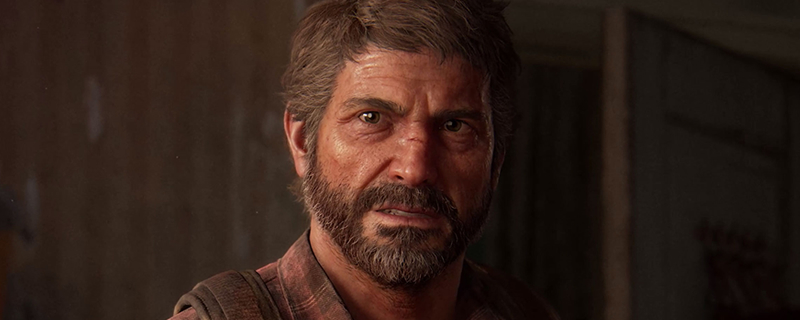The Last of Us Part 1 Early PC Performance Review
The Last of Us Part 1 had the potential to be great on PC – It’s a shame it did not turn out that way
I am writing today as a fan of The Last of Us. While I have not watched the TV series (yet), I have played the original on PlayStation 3 and replayed the game on PS4 Pro. On the latter system The Last of Us run at a smooth 60 FPS on most occasions, delivering a great experience at its 1800p resolution. While the game’s PC version is based on the game’s more graphically complex PS5 remake, there was a sense that the game was going to run well on PC, after all, the game originally launched on PlayStation 3.Â
Sadly, The Last of Us Part 1’s PC version has launched with a multitude of issues. For starters the game is incredibly CPU-limited, and the game’s shader compilation either takes too long or is a burden to players in-game. Beyond that, the game currently features frequent stutters and many gamers are reporting frequent crashes. Not good for a game that relies heavily on its immersion and storytelling.
I wanted to like The Last of Us Part 1’s PC version, but I can’t. While gamers with sufficiently high-end system can power through this game’s CPU-limited nature (for the most part), I cannot get away from the feeling that this should have been a much better PC release.
It is clear that a lot of care an attention went into this PC release. Both DLSS and FSR 2.2 are implemented, the game features a detailed graphical options menu and clear descriptions for every setting and their impact on both the game’s visuals and performance. Honestly, the fact that this game’s graphical options menu is paired with a game with this level of performance issues is jarring.
While the CPU that we are playing The Last of Us Part 1 on is not super high-end by today’s standards, the Ryzen 5 5600X sits above this game’s recommended processor, the Ryzen 6 3600X, and is the game’s “Performance” CPU for 1440p 60 FPS gameplay at high settings. The fact that this CPU cannot achieve a stable 60+ FPS framerate at low settings is concerning, though it is worth noting that this CPU can reach 100+ FPS framerates in many scenes.
It is worth noting that VRAM usage is quite high for this game, though this isn’t a major issue since this game’s medium and high presets use about 8GB or VRAM at 1080p. Having an 8GB GPU is not an issue for this game if you avoid its Ultra Preset, though it is strange to see VRAM requirements this high given the PS5’s combined 16GB memory pool, only 12GB of which is dedicated to games (both for CPU and GPU memory).
As it stands, I recommend that most PC gamers avoid The Last of Us Part 1 on PC until a few patches are released to address this game’s most glaring issues. Hopefully Naughty Dog and Iron Galaxy can fix things in time, but that will not make the fact that the launched The Last of Us Part 1 in this state acceptable. The fact that Sony did not release any review copies of this game is a clear sign that they knew this game had issues, and the fact that the game wasn’t delayed and polished is a huge oversight.
The Last of Us Part 1’s PC version should have been a huge success for Sony, following the success of the HBO TV series to bring The Last of Us to a larger audience than ever before. The level of detail in this game’s graphical options menu is a clear sign that there were people who were lovingly crafting this PC version, but their efforts are marred by the CPU performance issues, crashing, and other stability issues that PC gamers are facing. PC gamers deserved better than this, and The Last of Us deserves better than this.
If Sony, Naughty Dog, and Iron Galaxy address the issues within The Last of Us Part 1’s PC version, we will revisit this game and conduct a full analysis of it. As of now, it is not worth the effort on our part, especially when shaders take 1 hour to compile with every GPU change.
You can join the discussion on The Last of Us Part 1’s PC version on the OC3D Forums.



